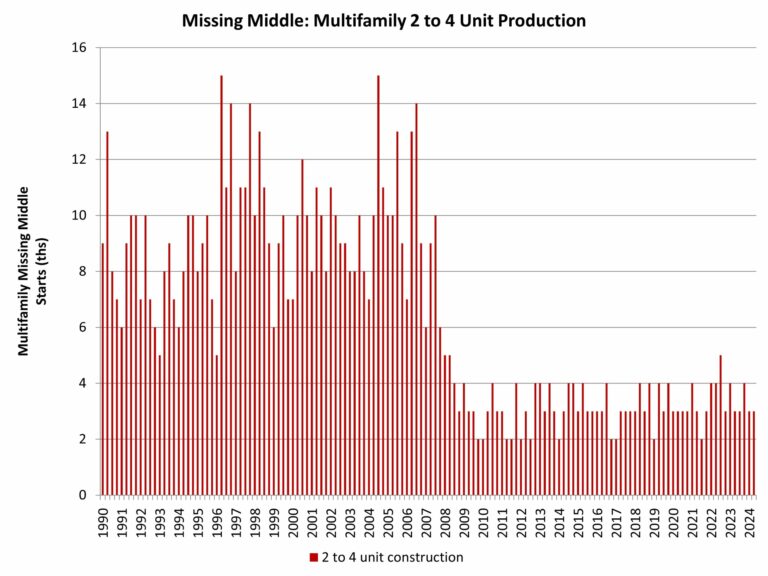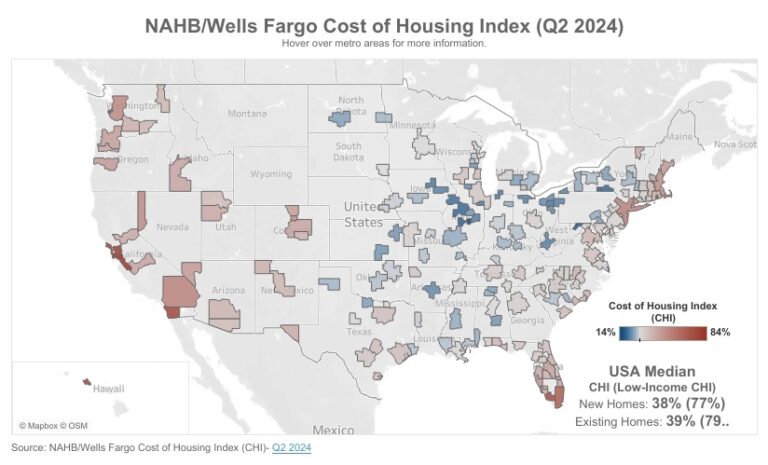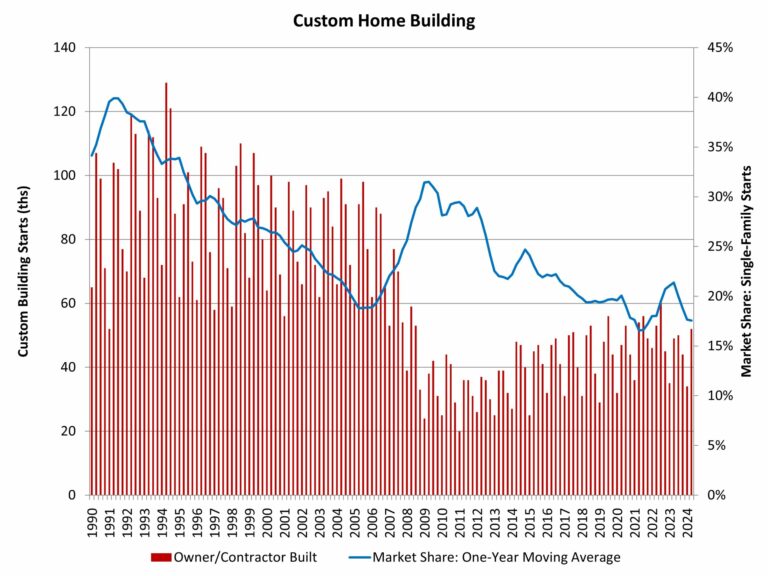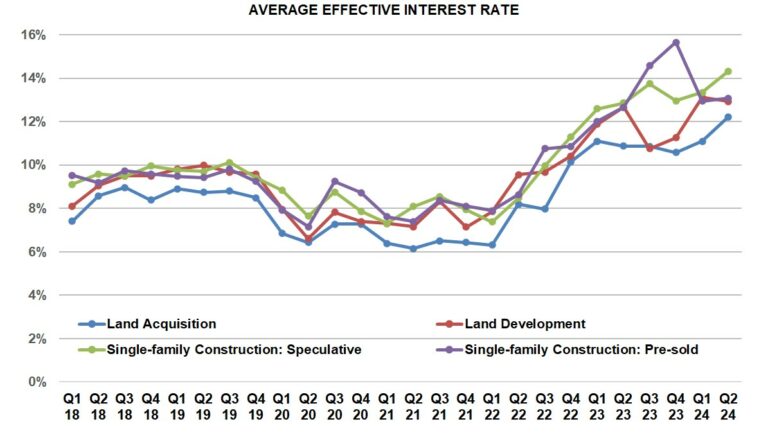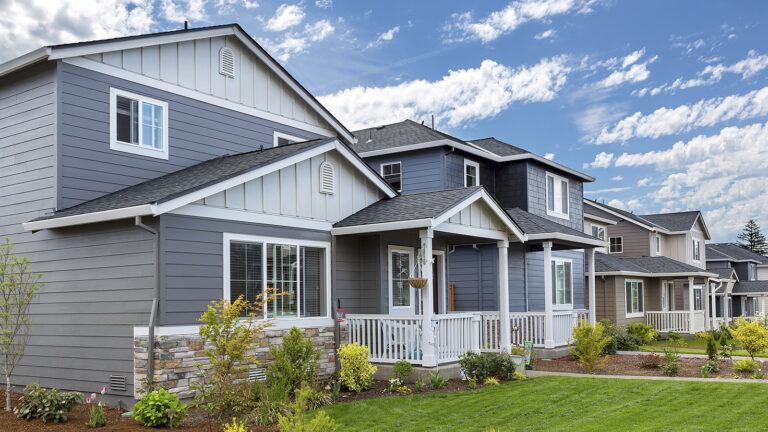NAHB’s Cost of Housing Index (CHI) highlights the burden that housing costs represent for middle and low-income families. In the second quarter of 2024, the CHI found that a family earning the nation’s median income of $97,800 must spend 38% of its income to cover the mortgage payment on a median-priced new single-family home. Because a typical existing home in the second quarter was more expensive ($422,100) than a typical newly built home ($412,300), the CHI for existing homes was higher, at 39%.
Low-income families, defined as those earning only 50% of median income, would have to spend 77% of their earnings to pay for a new home and 79% for an existing one.
The latest results reveal that affordability has worsened for existing homes. A typical family needed 39% of its income to pay for a median-priced existing home in the second quarter, up from 36% in the first quarter. A low-income family needed 79% of its income vs. 71% in the previous quarter. In contrast, the CHI and low-income CHI for new homes remained unchanged between the first and second quarters of 2024, at 38% and 77%, respectively.
Additionally, CHI is produced for existing homes in 176 metropolitan areas, breaking down the percentage of a family’s income needed to make a mortgage payment in each area based on the local median existing home price and median income. Percentages are also calculated for low-income families in these markets.
In 14 out of 176 markets in the second quarter, the typical family is severely cost-burdened (must pay more than 50% of their income on a median-priced existing home). In 89 other markets, such families are cost-burdened (need to pay between 31% and 50%). There are 73 markets where the CHI is 30% of earnings or lower.
The Top Five Severely Cost-Burdened Markets
San Jose-Sunnyvale-Santa Clara, Calif. was the most severely cost-burdened market on the CHI during the second quarter, where 94% of a typical family’s income is needed to make a mortgage payment on an existing home. This was followed by:
• San Francisco-Oakland-Berkeley, Calif. (79%)
• San Diego-Chula Vista-Carlsbad, Calif. (76%)
• Urban Honolulu, Hawaii (76%)
• Naples-Marco Island, Fla. (74%)
Low-income families would have to pay between 147% and 188% of their income in all five of the above markets to cover a mortgage.
The Top Five Least Cost-Burdened Markets
By contrast, Decatur, Ill., was the least cost-burdened market on the CHI, where families needed to spend just 15% of their income to pay for a mortgage on an existing home. Rounding out the least burdened markets are:
• Cumberland, Md.-W.Va. (17%)
• Springfield, Ill. (18%)
• Elmira, N.Y. (18%)
• Peoria, Ill. (19%)
• Binghamton, N.Y. (tied at 19%)
Low-income families in these markets would have to pay between 30% and 39% of their income to cover the mortgage payment for a median priced existing home.
Visit nahb.org/chi for tables and details.
Discover more from Eye On Housing
Subscribe to get the latest posts sent to your email.
